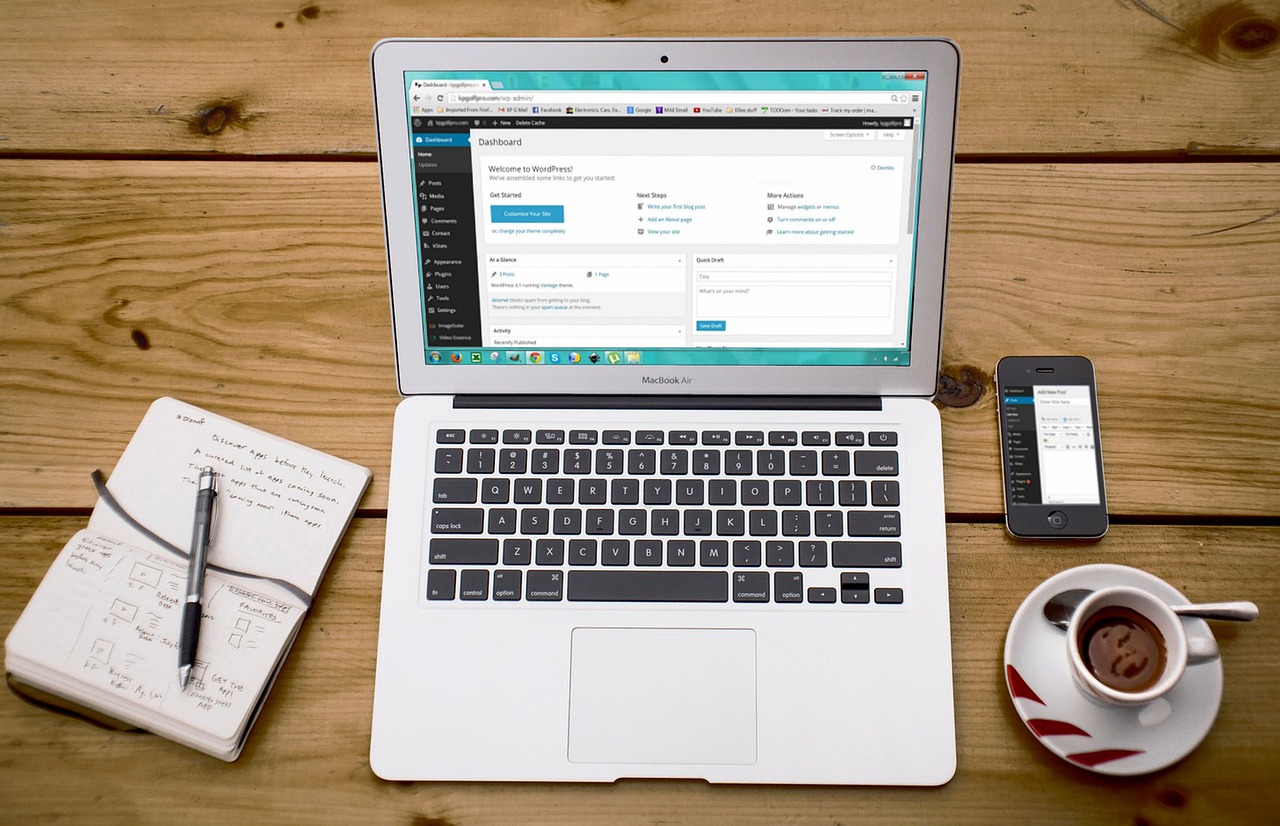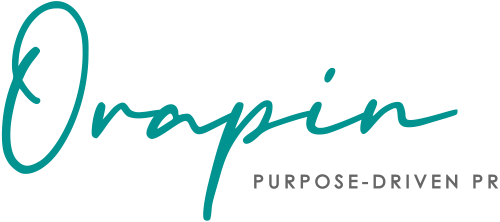
A well-crafted, informative media kit can help your organization stand out from the competition
Consider this: a reporter is working on a feature-length article about Pride Month and wants to include a local organization that supports LGBTQ+ individuals. In your region, several organizations support the LGBTQ+ community in various capacities, including your own.
When the reporter visits each website, they’re looking to understand who the organization serves and how. Next, they will dig deeper and look for fact sheets, an organizational timeline, or a bio on the executive director to see if they have an interesting story or would be a good fit for the article. If your website is the only one out of the group that provides this information via your media kit, you will likely get the call for an interview.
Why? You have already provided background information, answered a few of their questions, and demonstrated that you will be a well-prepared partner for this reporter and their story.
Media kits are a powerhouse in communicating your company or organization’s story, what you do, how you do it, and why. They are an inherent value proposition to the media and potential partners. If a reporter can find the information they seek in a one-stop shop, you have certainly made their job easier, and further, you may just get that interview request over your competition.
So what, exactly, is a media kit? What should it include? Why is it an indispensable asset for any business or organization? How can you create one that leaves a lasting impression? Read on to find out.
What Is A Media Kit?
A media kit, also known as a press kit, is a curated collection of information and resources that provides journalists, bloggers, influencers, and other media professionals with everything they need to know about your company or organization. Media kits are an easy-to-digest resource to showcase your company, services, history, impact, people, or upcoming events.
Typically, a Media Kit Includes:
1. Company Overview: A concise yet comprehensive overview of your organization or company including its mission, values, history, and key milestones.
2. Service Information: Detailed descriptions of your services or work in the community. Highlights features, benefits, impact, and unique value propositions; includes fact sheets and case studies.
3. Executive Bios: Brief biographies of key executives or spokespersons, including background information, credentials, and any links to published work or past speaking engagements.
4. High-Quality Visual Assets: Professional photographs, logos, graphics, and videos that visually represent your organization and work.
5. Press Releases: Recent press releases announcing company news, programs, initiative launches, partnerships, awards, or other significant developments.
6. Media Coverage: Highlights of recent media coverage including article links, broadcast interviews, and PDFs of print features about your organization or leadership.
7. Contact Information: Contact details for media inquiries, including names, email addresses, phone numbers, and social media handles.
Why You Should Have A Media Kit
Media kits are a necessary PR tool for organizations of all sizes. They serve as a definitive source of information on your organization and provide reporters with the most up-to-date information about your company and your work. They provide a snapshot of your people, history, and impact. Finally, a media kit is a storytelling tool to show how and why your organization and work are newsworthy. Media kits serve as a means to:
- Showcase your professionalism and credibility: A well-designed and comprehensive media kit demonstrates professionalism and credibility, signaling to journalists and media professionals that you take your organization and its PR efforts seriously.
- Facilitate efficiency and convenience for the reporter: By providing all the necessary information in one centralized location, a media kit saves time and effort for journalists, making it more likely that they’ll engage with your organization and consider featuring it in their publications or platforms.
- Maintain control over the messaging: A media kit allows you to control the narrative and ensure that key messages about your company are conveyed to the media and the public. It allows you to highlight your company’s strengths, achievements, and unique value proposition.
- Provide an opportunity for exposure: A media kit increases the likelihood of your organization securing feature articles, interviews, and other media coverage. It serves as a valuable resource for journalists seeking information for their stories.
- Build relationships: Providing journalists and media professionals with a media kit fosters positive relationships and encourages ongoing communication and collaboration. It demonstrates your willingness to work with the media and provides the tools they need to create compelling content about your nonprofit or purpose-driven company.
Best Practices For Creating A Compelling Media Kit
Your media kit should highlight key messages, provide insights into the organization’s mission and vision, and share an overview of data and dates. It should be informative without being overwhelming. The idea is to convey information without bogging down the reporter with too many details.
- Know your audience: Tailor your media kit to your target audience’s specific needs and preferences. Research the journalists, bloggers, and influencers you’re targeting and customize your content accordingly.
- Focus on quality: Ensure that all elements of your media kit, from written content to visual assets, are of the highest quality. Invest in professional photography, graphic design, and copywriting to create a polished and cohesive presentation.
- Keep it concise: While it is important to provide comprehensive information, keep your media kit concise and to the point. Avoid overwhelming folks with unnecessary details and focus on highlighting your organization’s most relevant and compelling aspects. When in doubt, provide links to more detailed or in-depth information, such as annual reports, to allow a reporter the option to research further as needed.
- Update regularly: Keep your media kit up-to-date with the latest company news, product launches, and media coverage. Review and refresh the content regularly to ensure accuracy and relevance.
- Make it accessible: Your media kit should be easily accessible on your website, preferably in a dedicated press or media section. Provide clear instructions for downloading or requesting a copy, and consider offering both digital and physical versions for maximum convenience.
Media Kits Are A Small Investment That Yield High-Impact
In today’s fast-paced media landscape, a well-crafted media kit is an indispensable tool for organizations looking to effectively communicate their story, impact, and value proposition to the media and potential partners. By providing journalists and influencers with comprehensive and compelling information in a centralized location, a media kit enhances professionalism, credibility, and the likelihood of exposure and positive media coverage. A media kit that reflects the essence of your organization and leaves a lasting impression on anyone who engages with it is a small investment that can yield significant returns in your PR efforts.
Diana Crawford is a seasoned public relations consultant with more than 15 years of agency, consulting, and in-house experience. She joined Orapin in 2013 and manages account services and client communications strategy development. She has worked across a variety of industries and has expertise with professional services, food/alcohol, health and wellness, lifestyle, sports, education, tech, and non-profit organizations.
